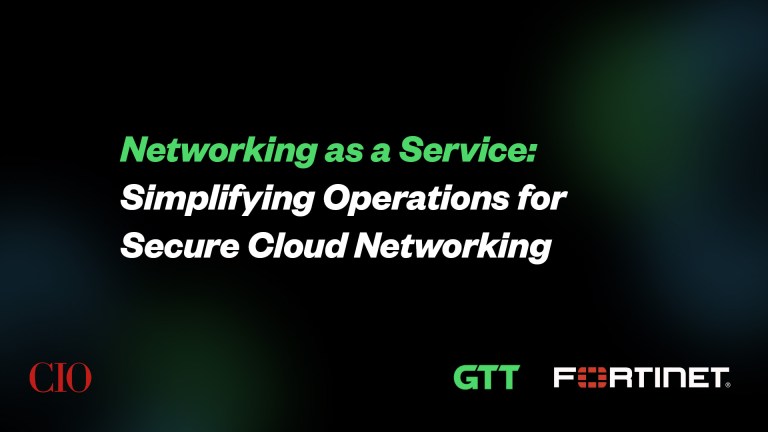SD-WAN vendors describe their products as easy to install and configure. For the most part, this is true, but it does not guarantee that every SD-WAN design is robust or that every deployment will be flawless. This blog discusses several common mistakes to avoid when designing and deploying an SD-WAN network.

#1 – Lack of Diversity in Underlay Networks
One of the most compelling advantages of SD-WAN over traditional routed WANs is its ability to utilize multiple independent underlay networks simultaneously, thereby improving performance and enhancing reliability. Indeed, minimizing network downtime is often a primary reason for SD-WAN adoption, so care must be taken to ensure underlay networks are as independent and physically diverse as possible.
Unfortunately, this is not as straightforward as it sounds. For instance, while dedicated internet services from independent ISPs will be diverse at Layer 3, they might ride a common Layer 2 infrastructure: they could be delivered using a common piece of equipment, and they might travel over the same fiber. To make matters worse, sometimes providers resell one another’s services in areas where they lack their own coverage, so buying from different vendors doesn’t always result in distinct underlying providers.
Be sure to investigate your underlays at Layers 1 and 2 as well as Layer 3. And consider using a mix of different access technologies, such as broadband or cellular in addition to Ethernet; these are independent and usually quite diverse.
#2 – Inefficient Peering Between ISPs
Internet service providers are not all the same; their network reach, scale, and peering arrangements can impact how well they perform as an underlay to an SD-WAN network. If possible, use a single Tier 1 provider whose network can reach all your locations; this ensures your inter-site traffic will remain on that provider’s network, avoiding any peering issues. And if you intend to use local breakout (a.k.a. split tunneling) to utilize the underlay directly, be sure your Tier 1 offers local routes in challenging regions like Asia Pacific, otherwise you might experience excessive latency due to geographical routing inefficiencies.
For locations where a single Tier 1 cannot reach, choose providers who are customers or peers of your preferred Tier 1 (you can investigate such relationships at caida.org). This will avoid your inter-site traffic transiting additional third-party networks.
#3 – Going Overboard with Business Policies
SD-WAN enables very fine-grained control over WAN traffic, allowing customized link steering and prioritization policies to be applied on a per-application basis. To learn more about these details watch this video. Used sparingly and judiciously, this capability allows the WAN to be fine-tuned to reflect the policies and priorities of your business. But if overused, complex interactions between rules can occur, resulting in unexpected and/or undesirable behavior. Resist the temptation to create custom rules for every application; start with sensible defaults, and incrementally introduce new rules only when there is a compelling reason to do so.
Keys to SD-WAN Success
A well-designed SD-WAN network can deliver exceptional performance and reliability. Take the time upfront to validate the diversity of your underlays, and you will avoid unpleasant surprises down the road. Choose ISPs wisely, vetting them for scale, reach, and peering. Finally, don’t fall into the trap of creating too many custom rules, especially in the beginning: get to know your SD-WAN first, then make refinements only where necessary.
About GTT
GTT connects people across organizations, around the world, and to every application in the cloud. Our clients benefit from an outstanding service experience built on our core values of simplicity, speed, and agility. GTT owns and operates a global Tier 1 internet network and provides a comprehensive suite of cloud networking services. We also offer a complementary portfolio of managed services, including managed SD-WAN from leading technology vendors.











